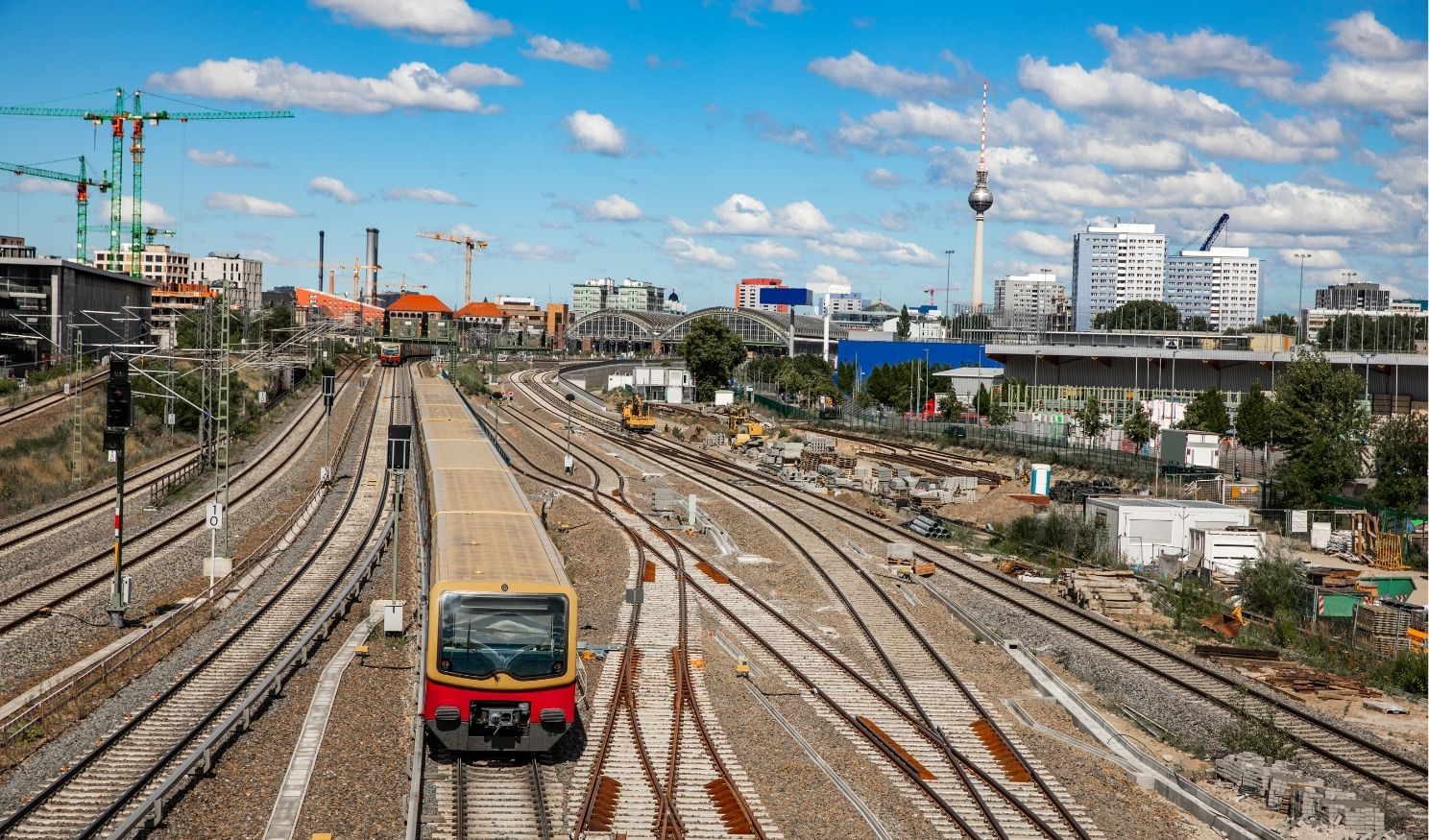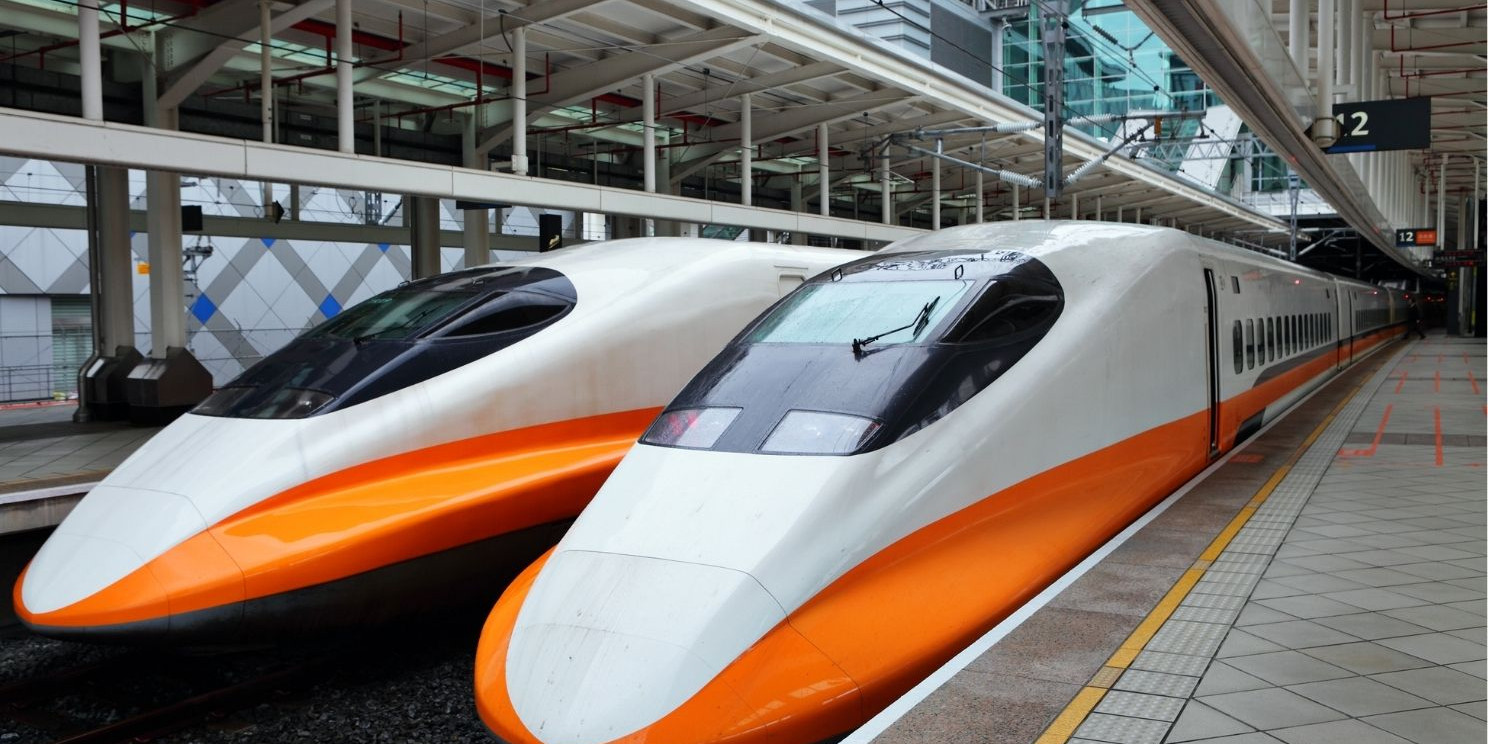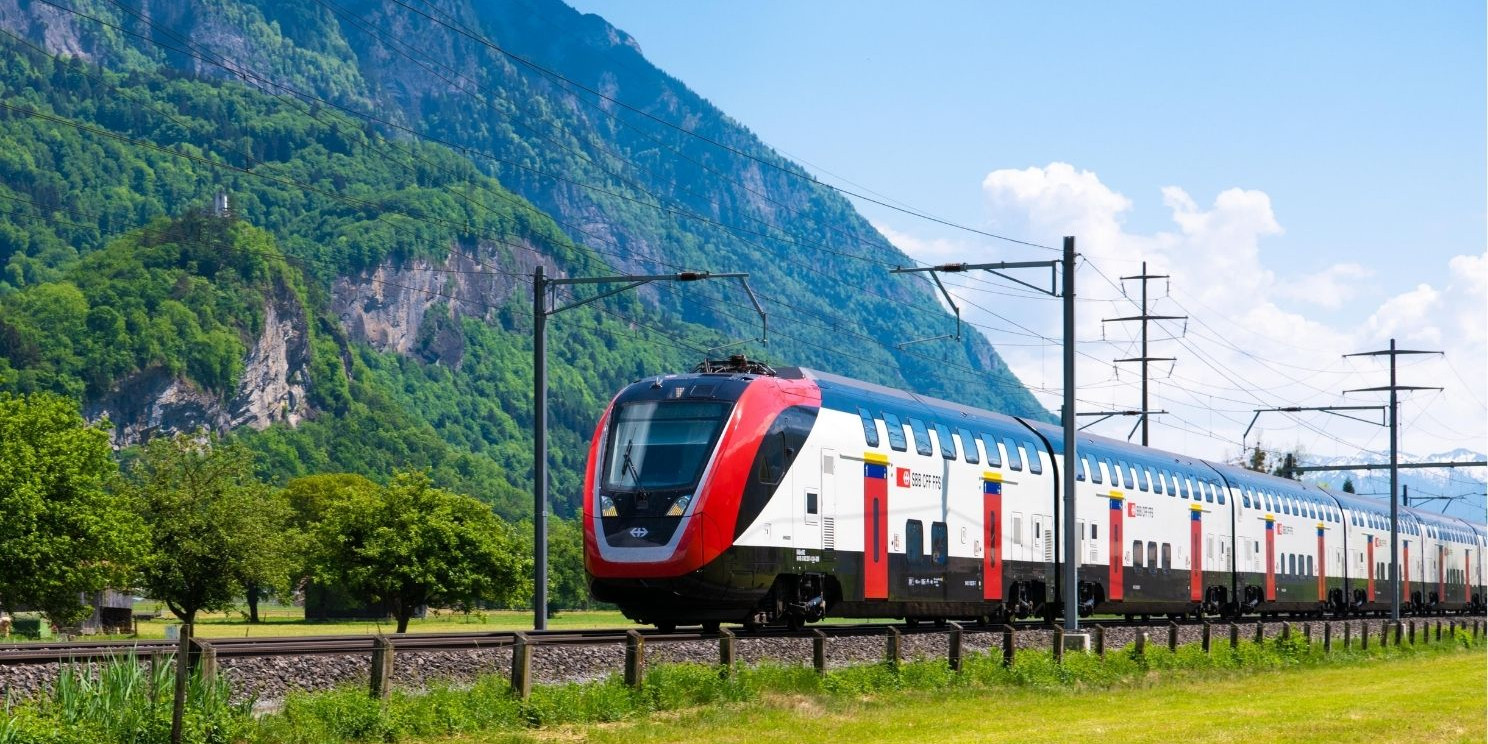In an industry where seconds can impact safety and operational continuity, integrated communication systems are becoming the backbone of modern railway operations. From high-speed urban transit to long haul freight, the ability to share data in real time between trains, control centers, and infrastructure has a direct influence on both safety and efficiency. As railway networks expand and demands grow, embracing integrated rail communication is not just forward-thinking it’s fundamental.
1. Real-Time Monitoring and Response
Traditional railway systems often rely on fragmented, delayed communication. This creates blind spots in operations and opens the door to human error. With integrated communication systems, trains, stations, and command centers stay continuously connected, enabling:
- Instant alerts on signal failures, equipment malfunctions, or obstructions
- Real-time location tracking and train diagnostics
- Immediate emergency communication between personnel and dispatch
This fast, bi-directional communication infrastructure ensures that threats are detected and addressed before they escalate, significantly reducing risk.
2. Enhanced Passenger Safety
A fully integrated system allows railway operators to broadcast alerts and updates to passengers instantly. In the event of an emergency whether it’s a track issue, weather disruption, or onboard incident—operators can communicate instructions directly to affected passengers and crews. This capability helps:
- Reduce panic and confusion
- Coordinate swift evacuations if needed
- Ensure alignment between field teams and control centers
Ultimately, it builds public trust in railway safety standards.
3. Streamlined Operations and Scheduling
When rail assets and infrastructure are connected through a single platform, scheduling and maintenance can be managed more efficiently. Integrated systems allow for:
- Dynamic route adjustments based on traffic or delays
- Centralised control over multiple train lines
- Predictive maintenance alerts to prevent breakdowns
This results in higher network reliability, fewer delays, and optimal use of resources benefits that translate into cost savings and a better passenger experience.

4. Data-Driven Decision Making
Modern integrated systems generate a constant stream of actionable data from signal timing and train velocity to environmental conditions and energy usage. Railway operators can leverage this data for:
- Performance analysis
- Safety audits
- Infrastructure planning
- Energy efficiency improvements
With historical and real-time data at their fingertips, decision-makers can implement continuous improvements based on actual usage and conditions.
5. Interoperability for Cross-Network Communication
As more railways move toward global standards such as GSM-R and the emerging FRMCS framework, integrated communication becomes essential for cross-border and inter-network collaboration. Operators can maintain:
- Compatibility with international signalling systems
- Seamless data handoff between jurisdictions
- Unified communication across vendors and technologies
This improves long-distance train coordination and eliminates technical communication gaps that previously caused delays and safety risks.
Conclusion
Railway safety and efficiency are no longer the product of individual technologies, they’re the result of intelligent, integrated systems that work together in real time. At GSM Rail, we engineer communication infrastructures tailored for modern rail networks designed to unify, optimise, and secure your operations. Ready to future-proof your rail system?




